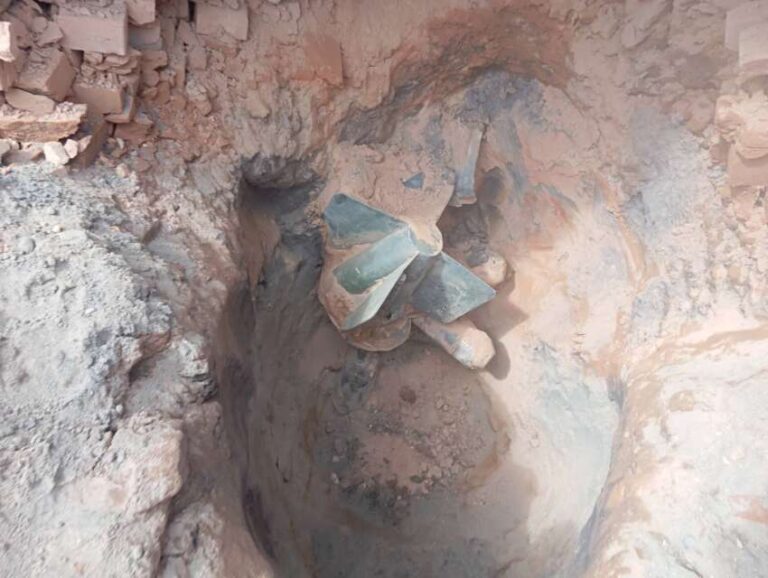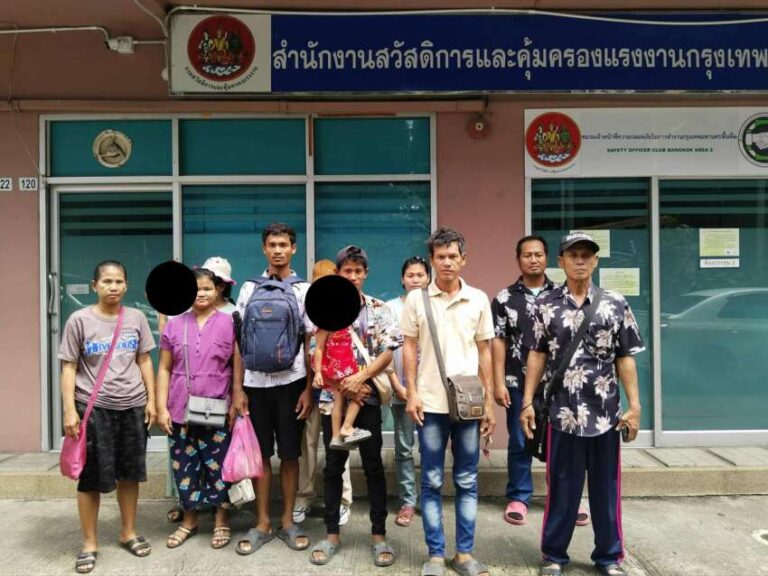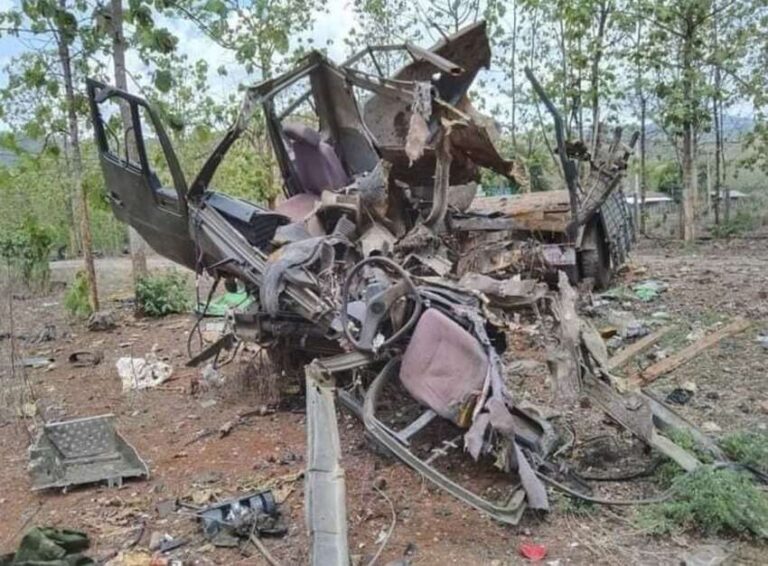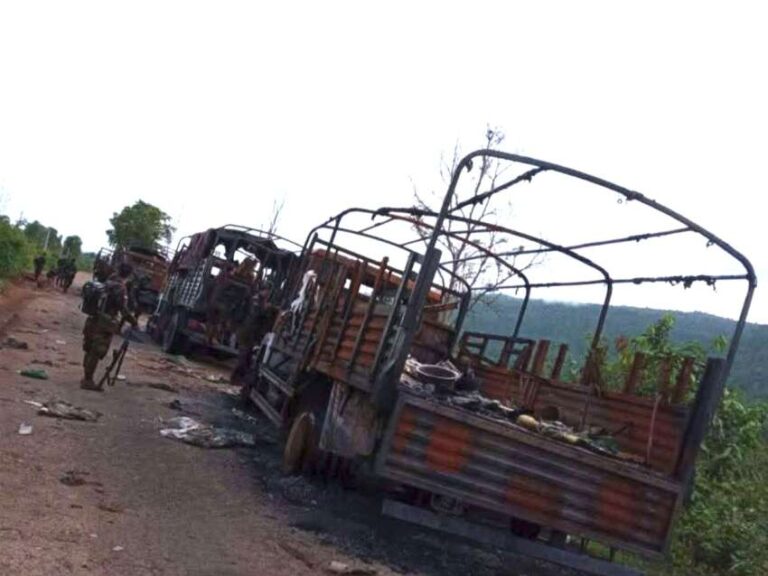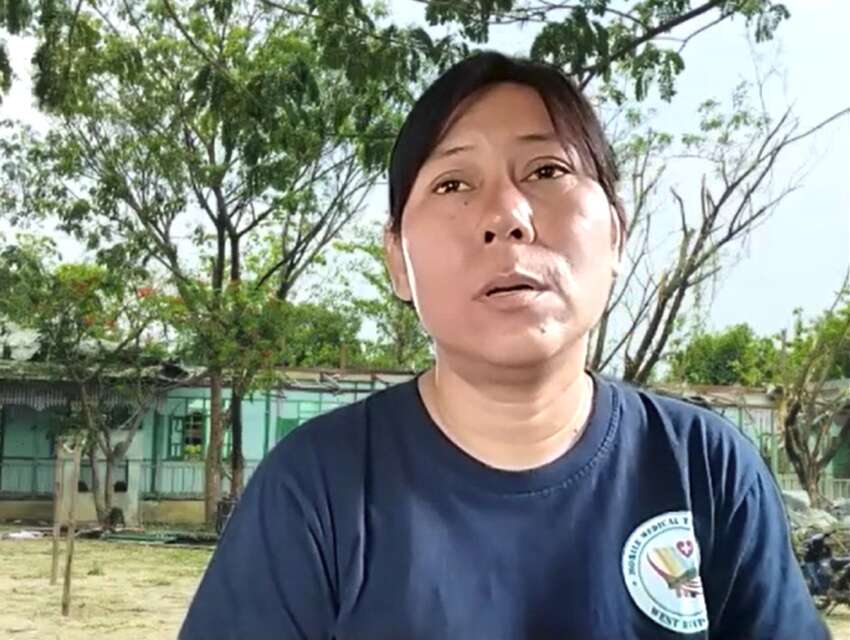
On May 12, an airstrike on a school in Depayin Township, Sagaing Region, resulted in the deaths of 22 students and 2 teachers. According to CDM lecturer Daw Htar Tin, who visited the site approximately three hours after the incident, three school buildings were destroyed, with the main building suffering the highest number of casualties. The building’s roof was blown off, doors were blown outward, and school desks had to be removed from the building. The victims’ bodies were trapped between desks, making recovery difficult. The school grounds were littered with shoes, water bottles, schoolbags, books, and blood-stained clothing.
Parents were crying within the school compound, and classmates were also grieving. The injured, numbering over 100, were transferred to other locations. Among the deceased were two volunteer teachers aged 22 and 23. The casualties included students from various grades: 6 students from Grade 2, 3 from Grade 3, 4 from Grade 4, 1 from Grade 5, 3 from Grade 7, 1 from Grade 9, 1 from Grade 10, and 1 from Grade 11. The youngest victims were Grade 2 students aged 6-7 years, while the oldest was a 23-year-old teacher. The majority of those killed were children under 18 years of age.
While the military council claims this was not an airstrike but rather a bomb explosion within the school compound, eyewitness accounts confirm it was indeed an aerial attack. The military council’s increasing targeting of schools, monasteries, and hospitals appears to be aimed at instilling fear in the public and creating division between revolutionary forces and civilians. The attack demonstrates a pattern of targeting civilian infrastructure, particularly educational institutions, which suggests a deliberate strategy to disrupt education and create terror among the population.
The eyewitness account details the immediate response to the attack, with local volunteers rushing to help despite the chaos. They assisted in organizing medical care, blood donations, and emergency services. The presence of resistance members in rescue efforts was explained as necessary humanitarian assistance, contrary to military council claims of their presence indicating military targets. The devastating impact on the local community, particularly the loss of young lives and the destruction of educational facilities, highlights the ongoing civilian targeting by the military council in its campaign of violence against its own people.
